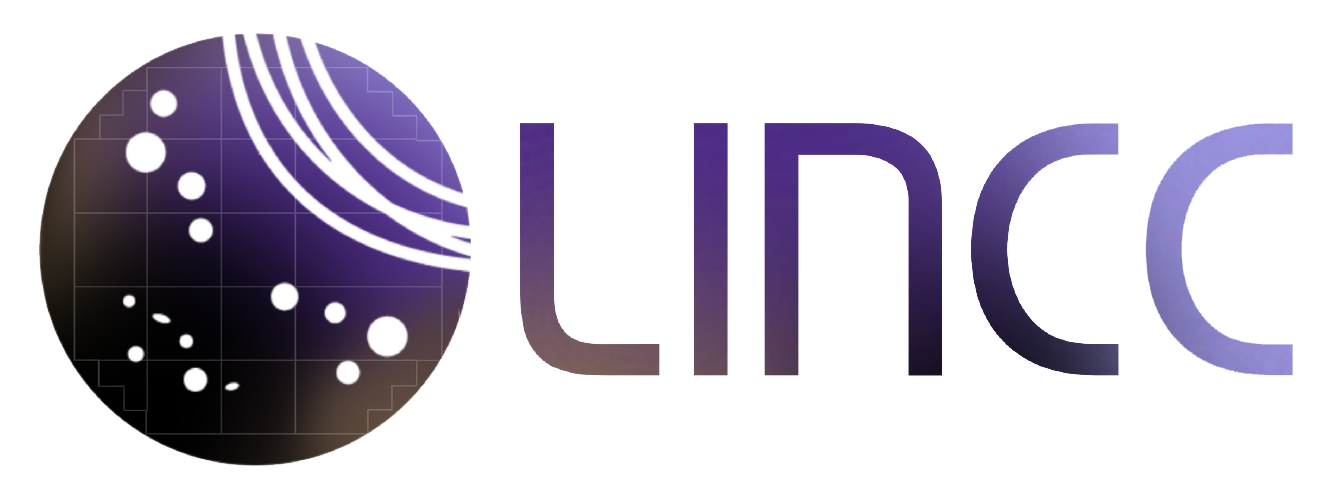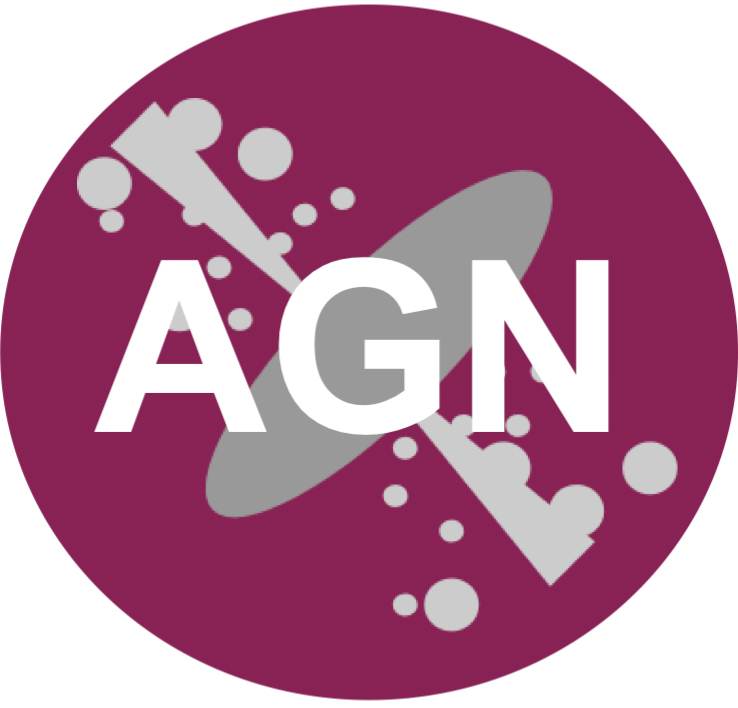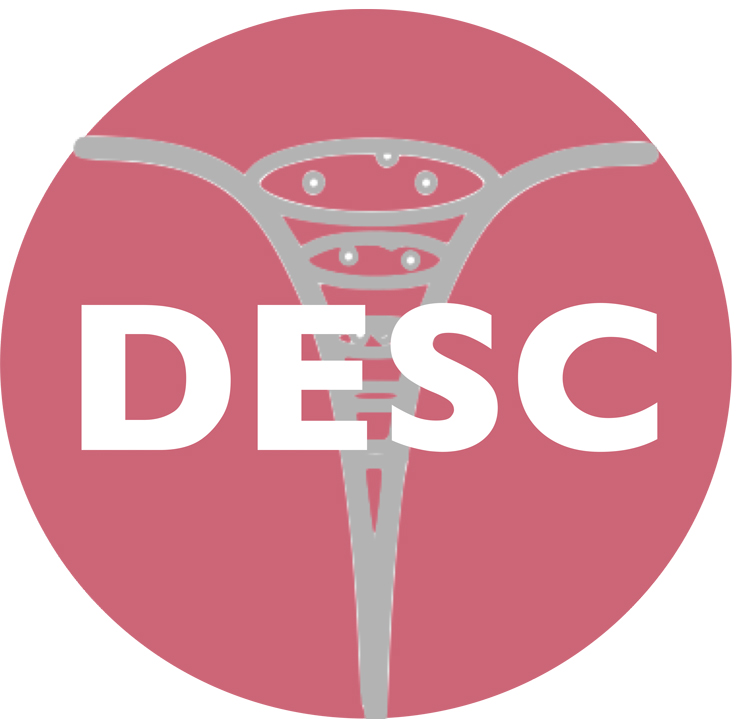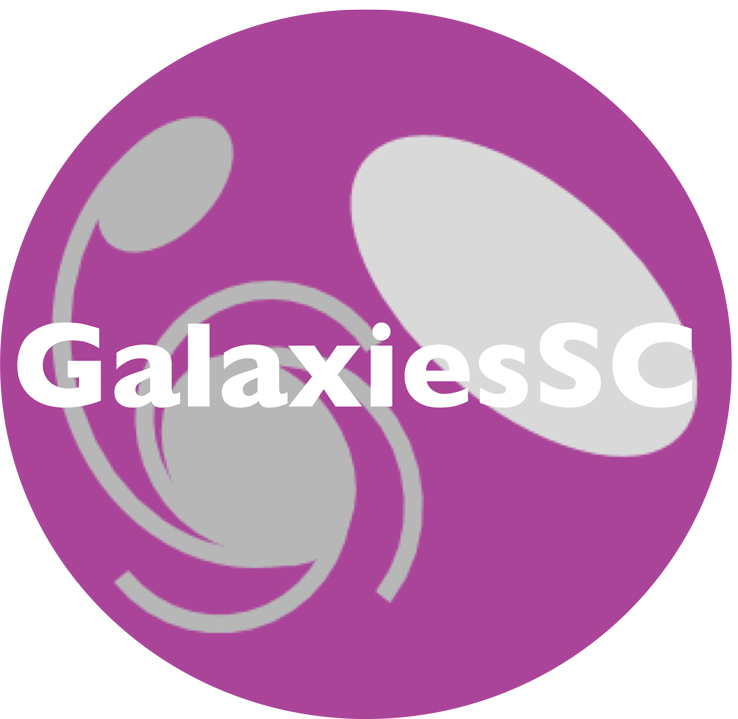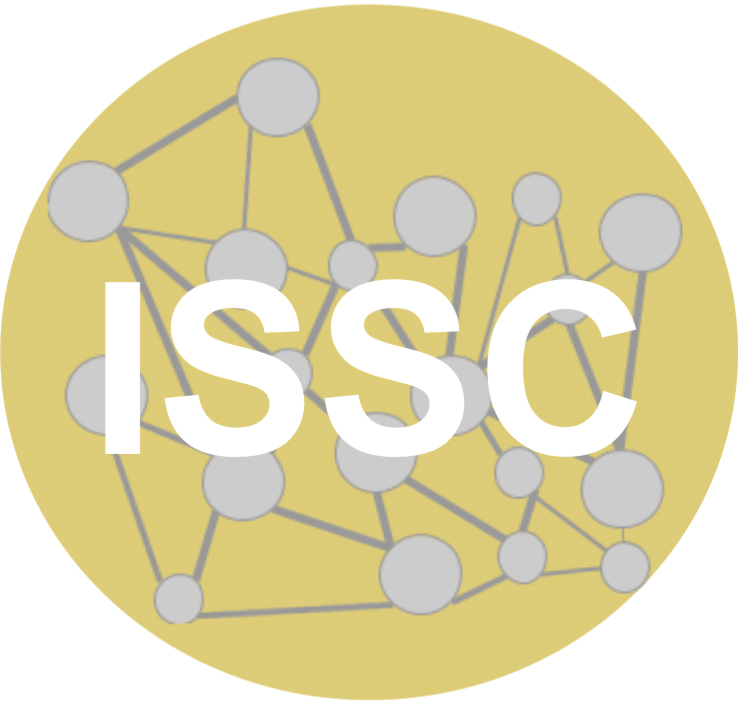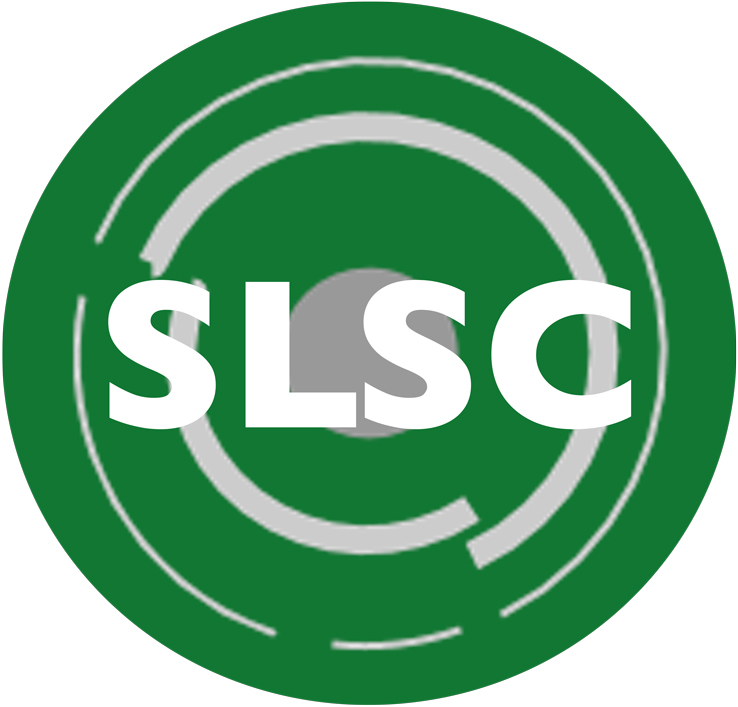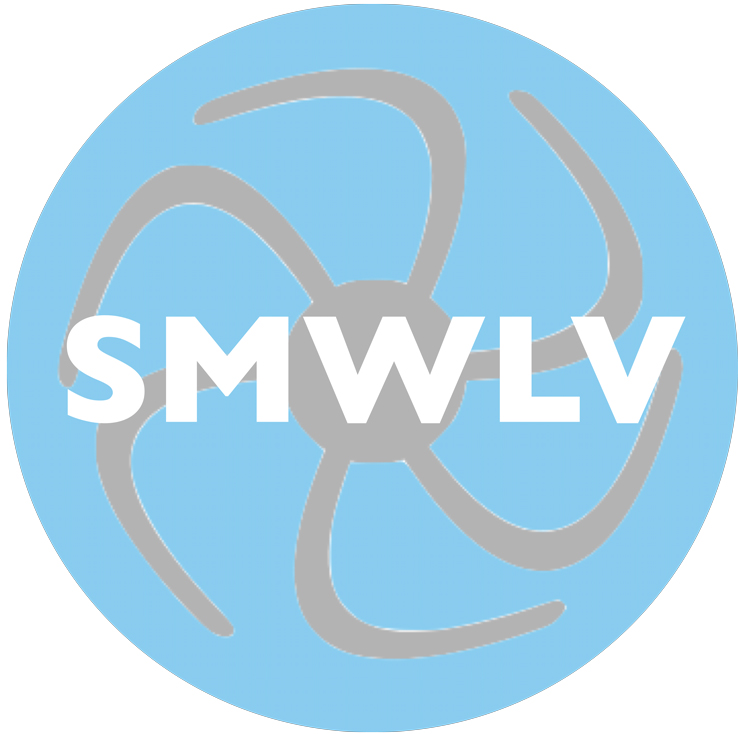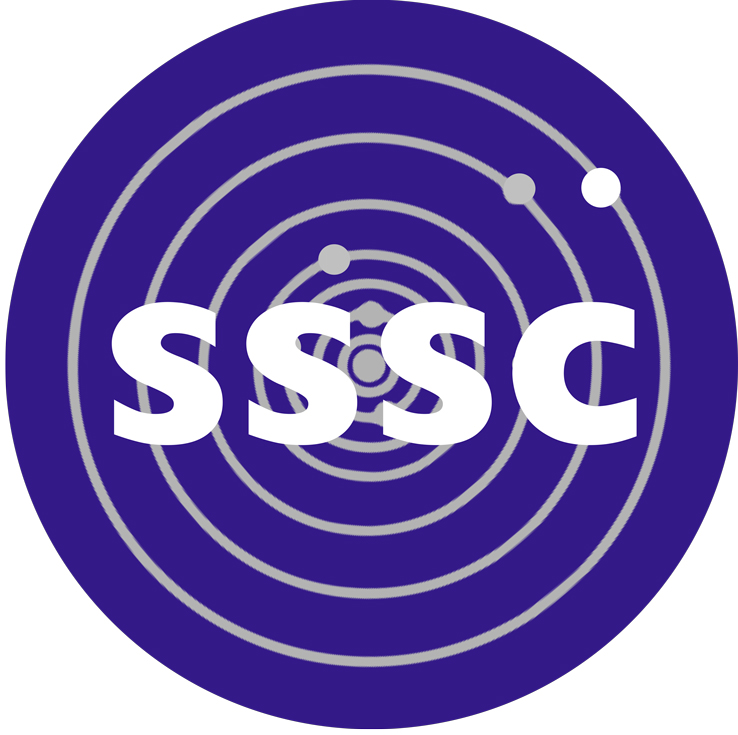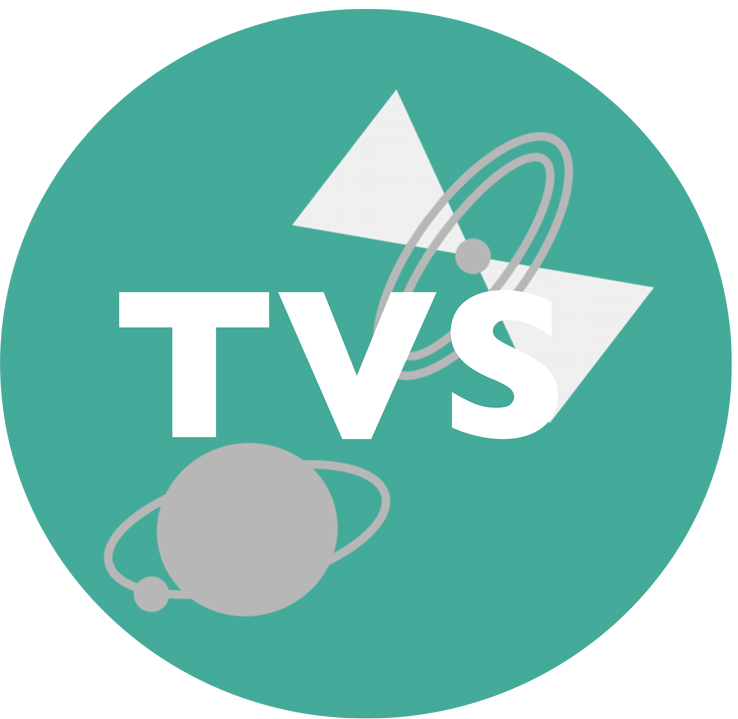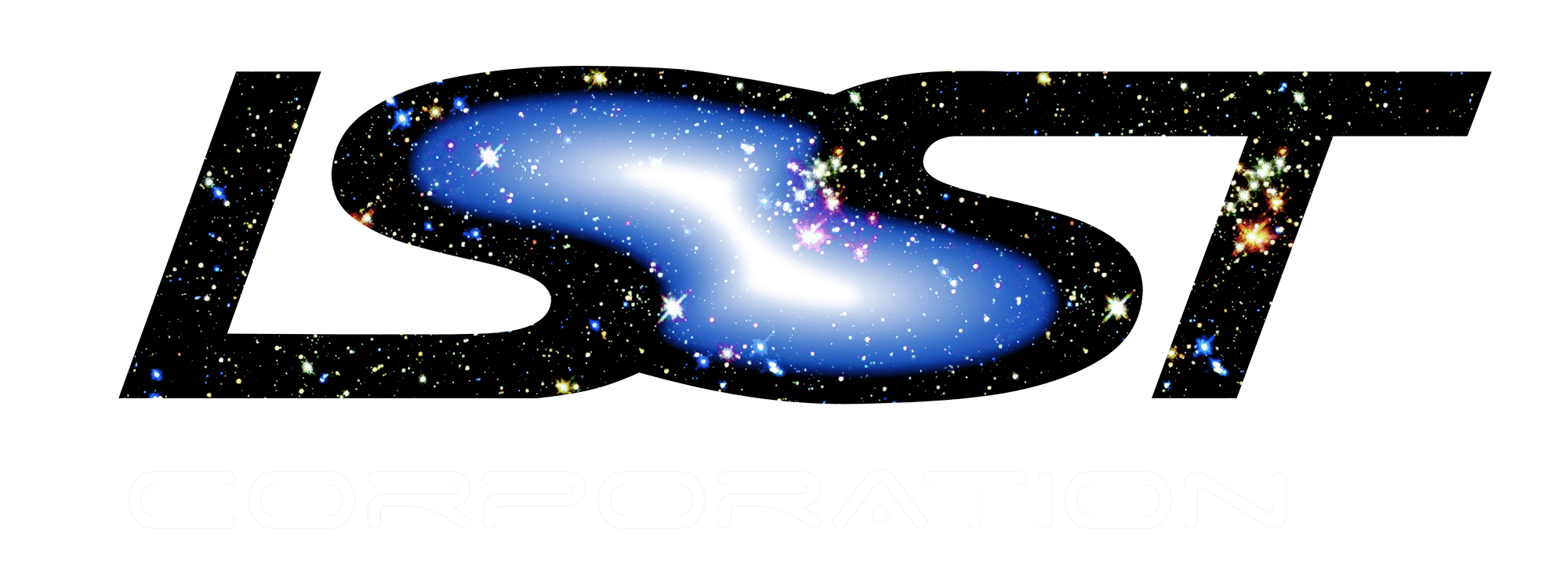My interests include small-body populations and, in particular, near-Earth objects. With the data provided by LSST my aim is to understand the debiased distribution of NEOs and establish an evolutionary link between the physical and dynamical properties of main-belt asteroids and NEOs. I also have an interest in certain subpopulations of NEOs such as minimoons and those with small perihelion distances, and in particular their rapid follow-up observations with other facilities such as the NOT.
